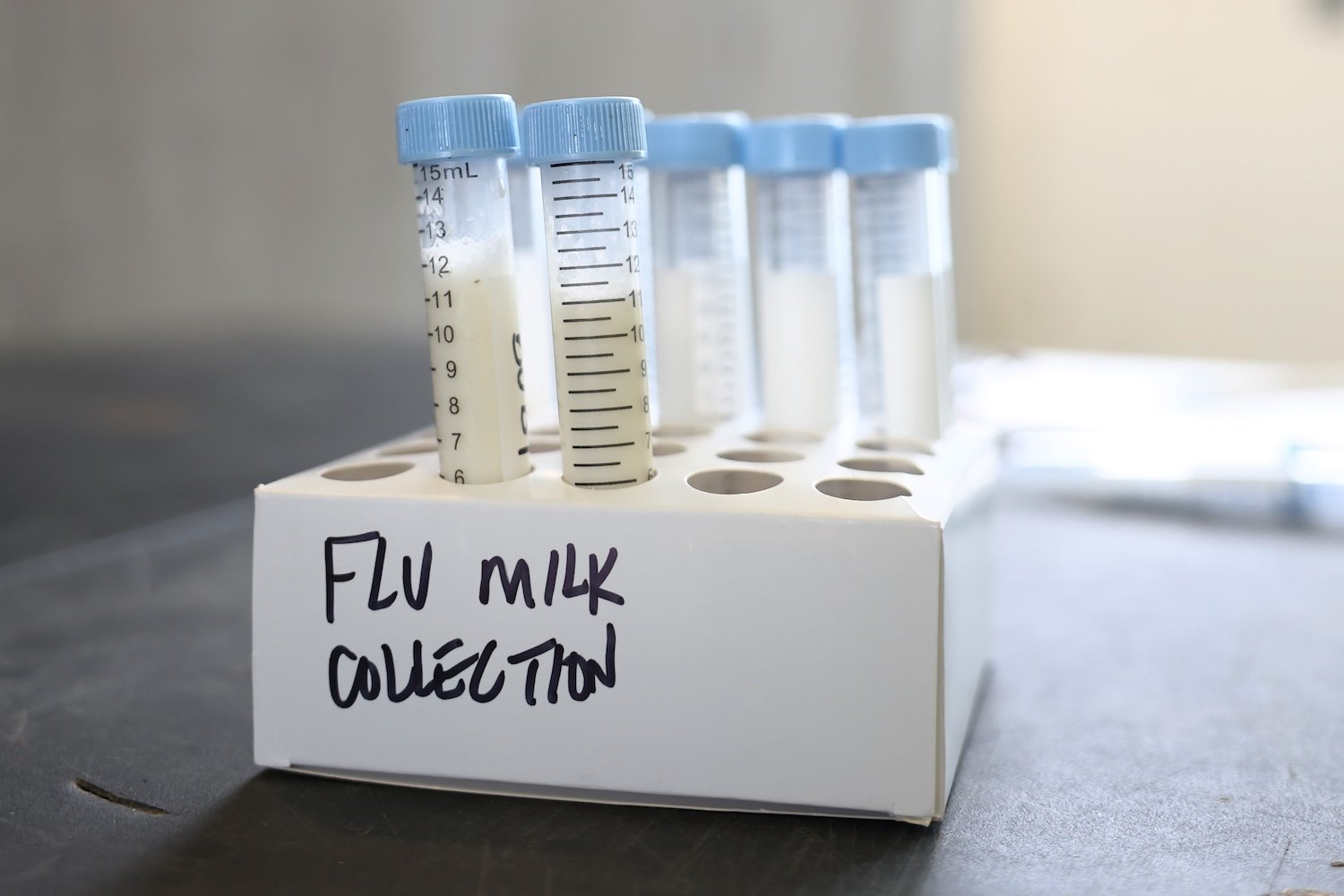Tonsillectomies are a common childhood procedure, but what happens when your tonsils make an unexpected comeback decades later? One woman’s story highlights the rare but possible phenomenon of tonsil regrowth. Katy Golden, who had her tonsils removed in 1983 at age five, recently underwent a second tonsillectomy after her tonsils regenerated, causing painful sore throats.
According to a CNN article, Golden’s doctor discovered the regrown tonsils over 40 years after her initial surgery. While tonsil regrowth is uncommon, it can occur, and in Golden’s case, it was the likely culprit behind her persistent sore throats. Fortunately, the second surgery was successful, and she is expected to experience relief from her symptoms.
What are Tonsils and Why are They Removed?
Tonsils are two round masses of tissue located at the back of the throat. Similar to lymph nodes, they contain white blood cells that fight off germs entering through the mouth and nose. However, tonsils can sometimes become problematic. Chronic inflammation, recurrent infections, or enlarged tonsils obstructing airways during sleep (causing sleep apnea) can necessitate their removal.
Tonsil issues often arise in childhood, and surgery is typically easier on younger patients. Therefore, tonsillectomies are frequently performed during childhood. Some doctors prefer a partial tonsillectomy (removing most of the tonsil tissue) to minimize side effects and recovery time. However, this approach carries a slightly increased risk of tonsil regrowth.
The Surprising Rediscovery
Golden’s initial tonsillectomy aimed to alleviate inner ear problems. Years later, she noticed flaps of tissue in her throat, which became inflamed during sore throats. This past fall, a particularly severe sore throat prompted her to consult an otolaryngologist (ear, nose, and throat specialist). The doctor’s surprising discovery – regrown tonsils – initially left Golden in disbelief.
“I didn’t think it was a possibility,” Golden told CNN. “I was in disbelief and shock that tonsils that I thought were gone were causing my pain.”
Tonsil Regrowth: Causes and Prevention
Tonsil regrowth is estimated to occur in up to 6% of patients after a partial tonsillectomy. Several factors may contribute to this, including frequent respiratory infections, high sugar intake, and undergoing tonsillectomy at a younger age. The surgical technique used for tonsil removal may also play a role.
In the past, “cold techniques” involving scalpels were common. Today, “hot techniques” like coblation, using low-temperature radiofrequency energy, are often preferred. Coblation has been shown to reduce post-operative complications like pain. Golden’s doctor, Cynthia Hayes, took extra precautions to minimize the risk of further regrowth during the second procedure.
“I actually dissected down to the tonsil capsule and removed that whole tissue,” Hayes explained. While future regrowth isn’t entirely impossible, she doesn’t expect it to recur.
Recovery and Future Outlook
As is typical for adult tonsillectomies, Golden’s second recovery was more painful. However, she revisited a childhood remedy – chewing bubble gum – to aid healing. Looking ahead, she anticipates fewer and less severe sore throats.
This case underscores the importance of consulting a medical professional for persistent throat issues. While tonsil regrowth is rare, it’s a possibility, especially after partial tonsillectomies. Modern surgical techniques and thorough removal of tonsil tissue can minimize the risk of recurrence, paving the way for improved throat health.











